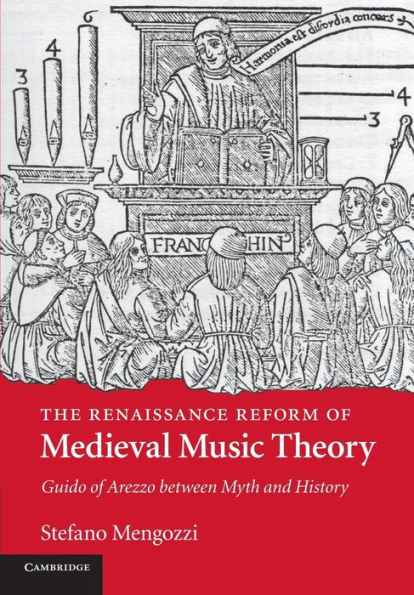5
1
9781107442573



The Renaissance Reform of Medieval Music Theory: Guido of Arezzo between Myth and History available in Hardcover, Paperback

The Renaissance Reform of Medieval Music Theory: Guido of Arezzo between Myth and History
- ISBN-10:
- 1107442575
- ISBN-13:
- 9781107442573
- Pub. Date:
- 08/21/2014
- Publisher:
- Cambridge University Press
- ISBN-10:
- 1107442575
- ISBN-13:
- 9781107442573
- Pub. Date:
- 08/21/2014
- Publisher:
- Cambridge University Press

The Renaissance Reform of Medieval Music Theory: Guido of Arezzo between Myth and History
$49.99
Current price is , Original price is $49.99. You
49.99
In Stock

Product Details
| ISBN-13: | 9781107442573 |
|---|---|
| Publisher: | Cambridge University Press |
| Publication date: | 08/21/2014 |
| Edition description: | New Edition |
| Pages: | 306 |
| Product dimensions: | 6.69(w) x 9.61(h) x 0.63(d) |
About the Author
From the B&N Reads Blog
